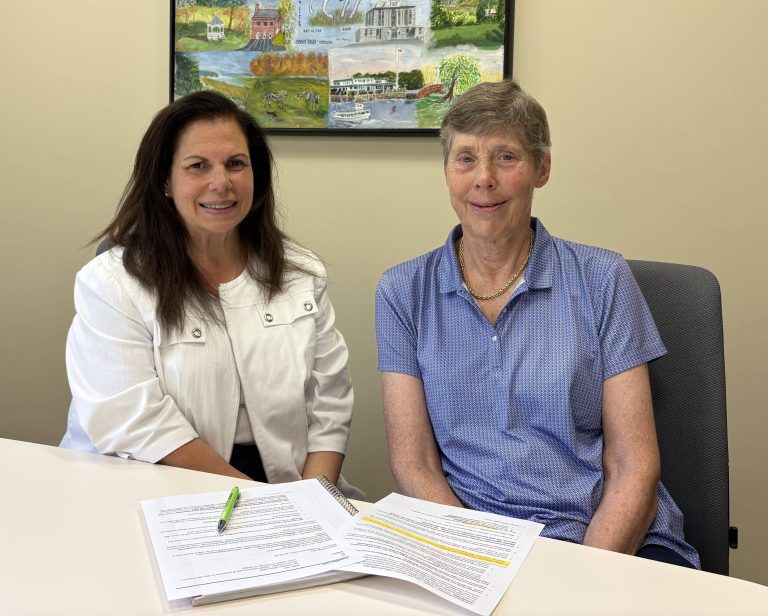


By Clay Kaufman
A big part of a successful education is finding the right fit. As parents, when we look at preschools, we certainly look for schools that match our philosophy of learning, whether it’s Montessori, Reggio Emilia, or a setting that otherwise suits the parents and the child.
During the college process, we also focus on “fit.” With some colleges and universities boasting miniscule acceptance rates, families have actually found a bit of a reprieve: forced by the numbers to look more broadly, students and families search for colleges across the country that might be the best fit in a variety of ways: size of school, campus culture, diversity, athletic culture, majors offered, urban or rural location, temperature/climate. Often, students who search broadly find hidden gems that give them a terrific college experience to fit their individual needs.
In my many years in education, I have seen the importance of finding the right fit for school children of all ages. One student might thrive in a more traditional setting, another in a more progressive setting; one student might love the energy and excitement of a huge school, while another might be happier in smaller classes and a more personal, individualized environment.
As an educator, I have worked in private schools, while my own children have attended public schools. I know first-hand that public schools work well for some students and not so well for others. Currently, as head of Eagle Hill School in Greenwich, I work with children who need a more specialized program to address language-based learning differences that affect their reading and writing. Many of our students also struggle with their executive function and/or have attention challenges. It’s all about finding the right fit for their learning needs. Some students can really benefit from:
• Extra time: if you don’t store language efficiently, it’s harder to recall information quickly. Giving students extra “processing time” makes a huge difference. In a smaller school, students might be asked a question about symbolism in a painting. Rather than calling on the first person who raises a hand, the students can all be asked to write down as many examples as they can. After a minute or two, the teacher can start with the students who may only have had time to come up with one example, then work around the room to involve everyone in the discussion.
• Visuals: for many students, having a visual cue makes a big difference. It could be as simple as projecting the image of a historical figure on the board during the class discussion, just to help them focus. It could mean using paintings and photographs as sources, instead of just textbooks.
• Structure: if getting ideas on paper is hard for a student, being given a structure can really help. A teacher might have a student fill out a “mind map”, with the central idea in a circle in the middle, with circles branching off filled with other ideas and details. Research shows that such a visual representation can be much easier for some students. Some schools can also provide structure by providing students with sentence starters, word banks, speech-to-text software, and other tools geared towards individual learning needs.
The right kind of program can make a huge difference for student happiness and success, both immediately and into the future. In addition to the approaches listed above, some students can really benefit from more hands-on, experiential learning, including internships, a discussion-based curriculum, social skills training, vocational training, and other programming offered by schools that might be the best fit for them.
There are so many different wonderful schools in our immediate area. Whether the “right fit” includes sports, the arts, religion, learning differences, social challenges, or just size and structure, finding that fit can make a big difference for a child’s confidence and improve a child’s school experience. When a child’s learning needs are directly addressed, that child is often more motivated and less anxious. The right school can simply be what that child needs at the moment to thrive, to be happy, and to learn. That combination, I think we can agree, is what we, as parents, ultimately want for our children!




